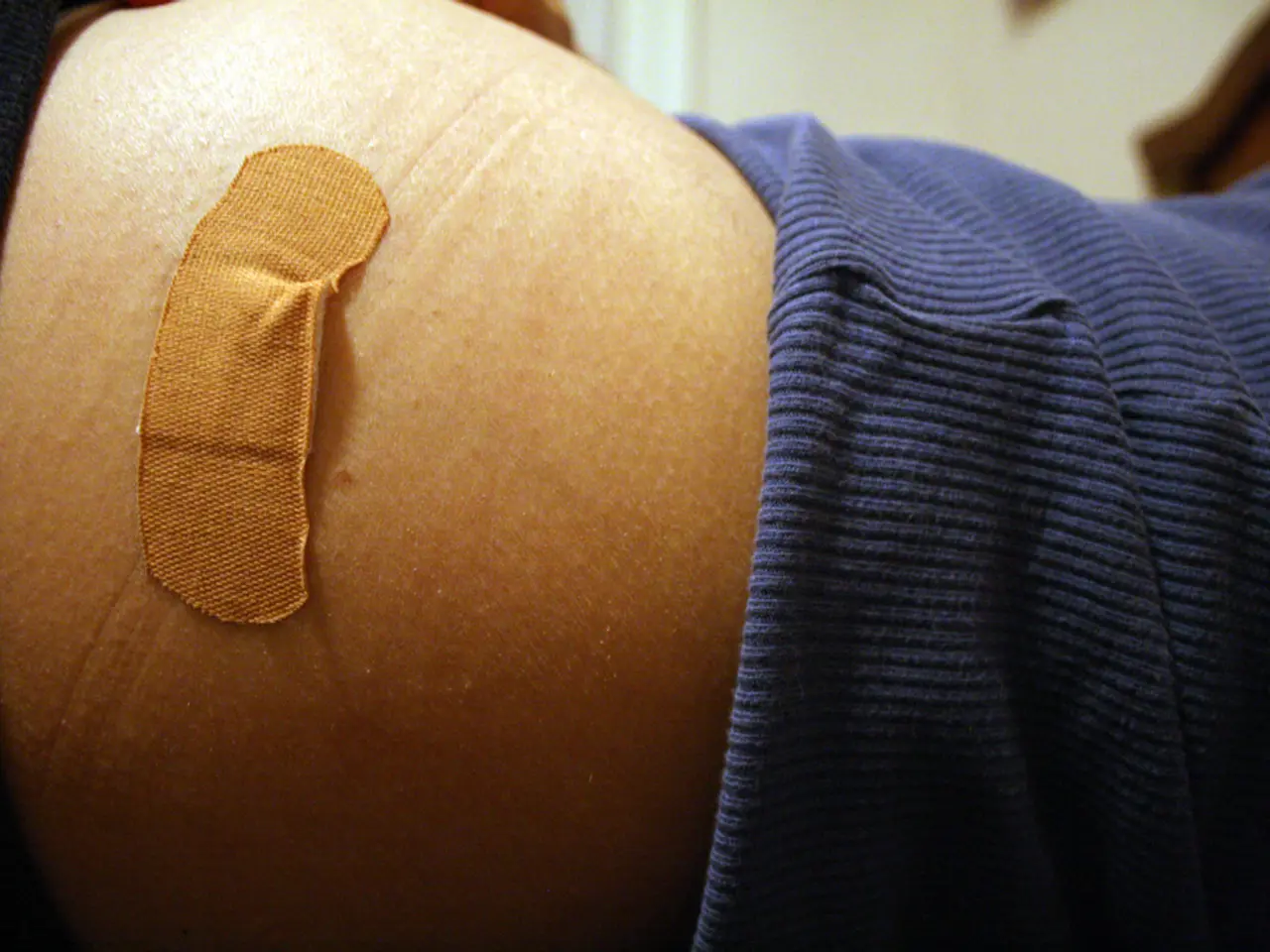Latest Data News Highlights: Top Trending Stories
In the ever-evolving world of technology, October 2022 marked a significant milestone in the development of Artificial Intelligence (AI). Here are some of the key advancements that have been made across various sectors:
Collaboration in Virtual Reality
Microsoft and Meta have partnered to create virtual reality versions of Microsoft's Teams, Office, Windows, and Xbox services, allowing workers and gamers with access to Microsoft products to meet with colleagues or other gamers in virtual reality[1]. This collaboration is set to revolutionise the way people interact in the digital world.
Improved Data-Sharing Network
The Department of Energy (DOE) has updated its data-sharing network, enabling it to transfer data at speeds between 400 gigabits and 1 terabit per second[2]. This upgrade provides users with improved platforms for customising network services.
Navigation and Robotics
Researchers at the University of California, San Diego have built a four-legged robot that can navigate complex terrain[3]. What sets this robot apart is its ability to combine data from its cameras and sensors to direct its actions, improving upon older models[4].
Mental Health Detection
Meanwhile, researchers at the University of Washington have created an AI system that can detect signs of decline in mental health in text messages[5]. In tests, this AI system performed as accurately as human psychiatrists in detecting signs of mental health decline[6].
Breakthroughs in Biomedical and Multimodal Generation
In the biomedical field, AlphaFold 2 achieved a high score in protein structure prediction, a key breakthrough in computational biology. This advancement is expected to accelerate drug discovery and deepen disease understanding[1].
Furthermore, generative AI models for text-to-image synthesis gained widespread attention. OpenAI released DALL-E 2 in April 2022, capable of generating complex and realistic images[1]. Other models like Midjourney (July 2022) and Stable Diffusion (August 2022) followed suit[1]. Text-to-video generation was also emerging with platforms such as Runway, OpenAI's Sora, DAMO, Make-A-Video, Imagen Video, and Phenaki starting to generate videos from text and image prompts[1].
Techniques using transformer-based models powered generative AI to create and synthesize content across text, images, audio, video, and music, marking a major shift in AI capabilities[2]. With the release of OpenAI’s ChatGPT 3.5 in November 2022, AI capabilities moved beyond purely text-based applications to multimodal generation, including images and videos[2].
Predicting Volleyball Movements
Lastly, researchers at Cornell University in New York have created an AI system that can predict volleyball players' game movements with 80 percent accuracy[7]. This AI system can also determine a volleyball player's position with nearly 85 percent accuracy[8].
Overall, by late 2022, the AI field had moved beyond purely text-based applications to multimodal generation, including images and videos, while breakthroughs in specific domains like biology demonstrated the growing impact of AI in science[1][2]. These advancements are set to reshape the future of technology and bring about a new era of innovation.
[1] VentureBeat. (2022). The AI landgrab is just beginning. Here's what you need to know. [online] Available at: https://venturebeat.com/2022/10/14/the-ai-landgrab-is-just-beginning-heres-what-you-need-to-know/
[2] The Verge. (2022). AI is getting better at generating images, videos, and even music. [online] Available at: https://www.theverge.com/22731771/ai-generative-models-images-videos-music-openai-dall-e-2-midjourney-stable-diffusion
[3] ScienceDaily. (2022). UC San Diego engineers develop four-legged robot that can navigate complex terrain. [online] Available at: https://www.sciencedaily.com/releases/2022/10/221003152921.htm
[4] ScienceDaily. (2022). UC San Diego engineers develop four-legged robot that can navigate complex terrain. [online] Available at: https://www.sciencedaily.com/releases/2022/10/221003152921.htm
[5] New Atlas. (2022). AI system can detect signs of mental health decline in text messages. [online] Available at: https://newatlas.com/ai/mental-health-text-messages-ai-system/62555/
[6] New Atlas. (2022). AI system can detect signs of mental health decline in text messages. [online] Available at: https://newatlas.com/ai/mental-health-text-messages-ai-system/62555/
[7] Cornell University. (2022). Researchers develop AI that can predict volleyball players' movements. [online] Available at: https://www.eecs.cornell.edu/news/researchers-develop-ai-that-can-predict-volleyball-players-movements
[8] Cornell University. (2022). Researchers develop AI that can predict volleyball players' movements. [online] Available at: https://www.eecs.cornell.edu/news/researchers-develop-ai-that-can-predict-volleyball-players-movements
- The partnership between Microsoft and Meta in October 2022 aims to improve AI by developing virtual reality versions of Microsoft's services, which could potentially revolutionize mental-health discussions in a technology-driven era.
- In the realm of data-and-cloud-computing, the Department of Energy updated its network, allowing for faster data transfer and enhanced customization of network services.
- Advancements in navigation and robotics were made as researchers at the University of California, San Diego built a four-legged robot that utilizes AI algorithms to navigate complex terrain.
- In the health-and-wellness sector, a University of Washington research team developed an AI system capable of detecting signs of mental health decline in text messages with remarkable accuracy, adding a new dimension to the intersection of AI and mental-health services.
- Breakthroughs in biomedical and multimodal generation were achieved with AlphaFold 2's high score in protein structure prediction, promising promising outcomes for drug discovery and disease understanding.
- In the field of data, generative AI models were also expanded to create and synthesize content across multiple modes, including text, images, audio, video, and music, signifying a significant leap in AI's versatility and capabilities.




